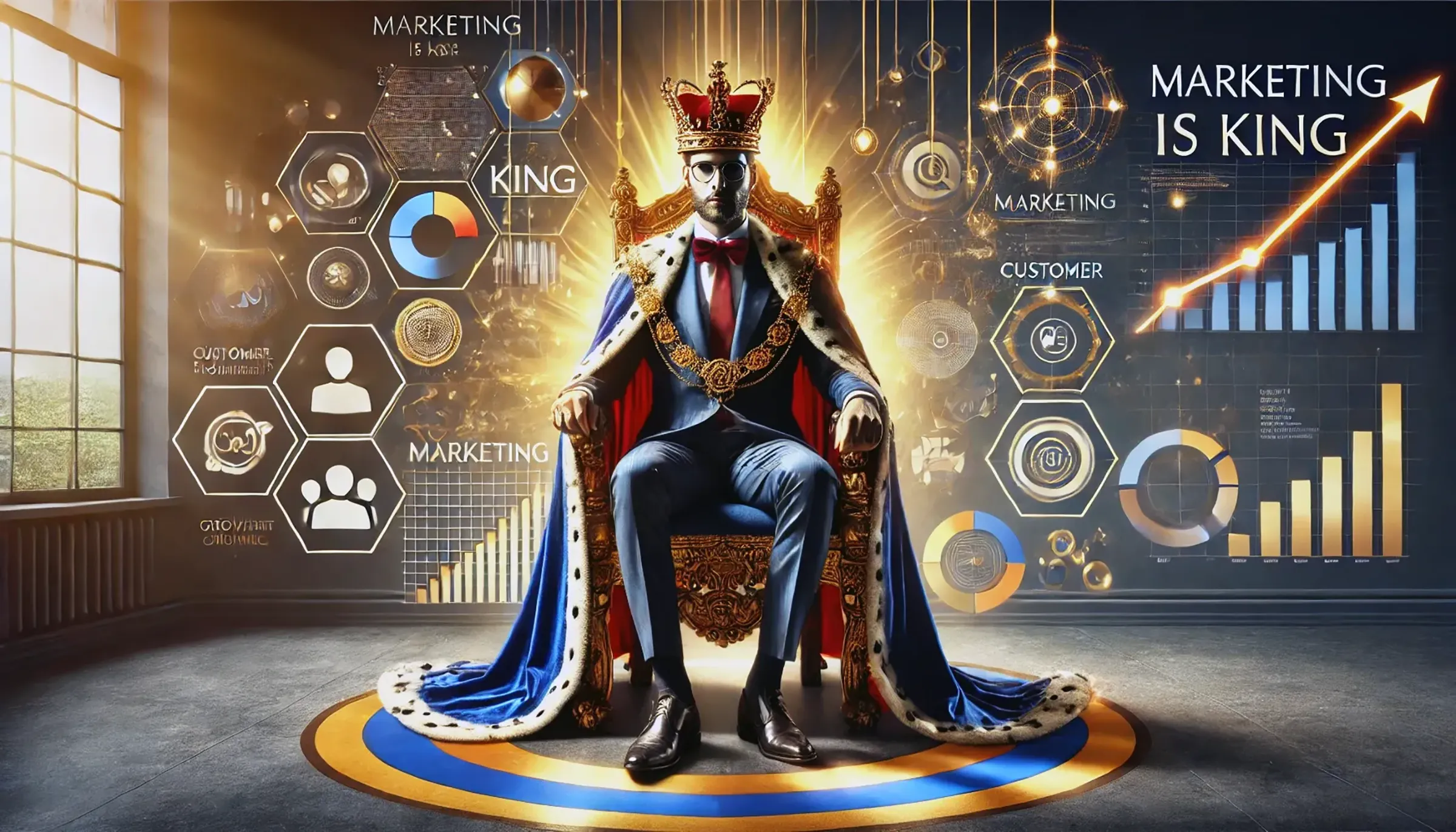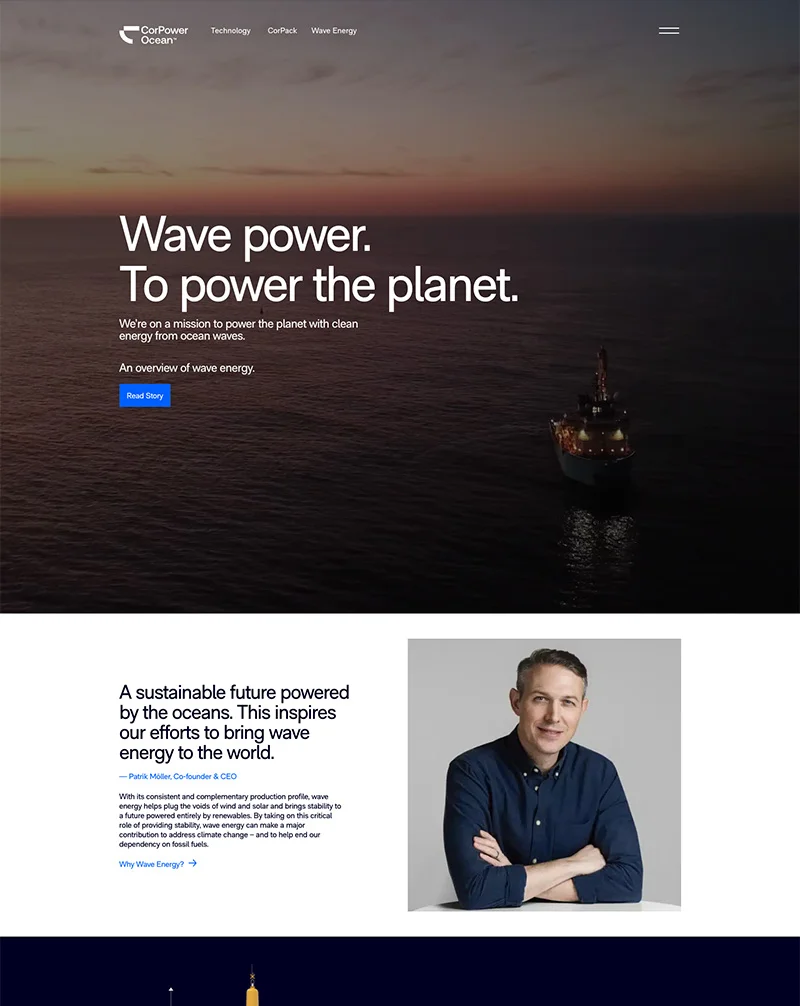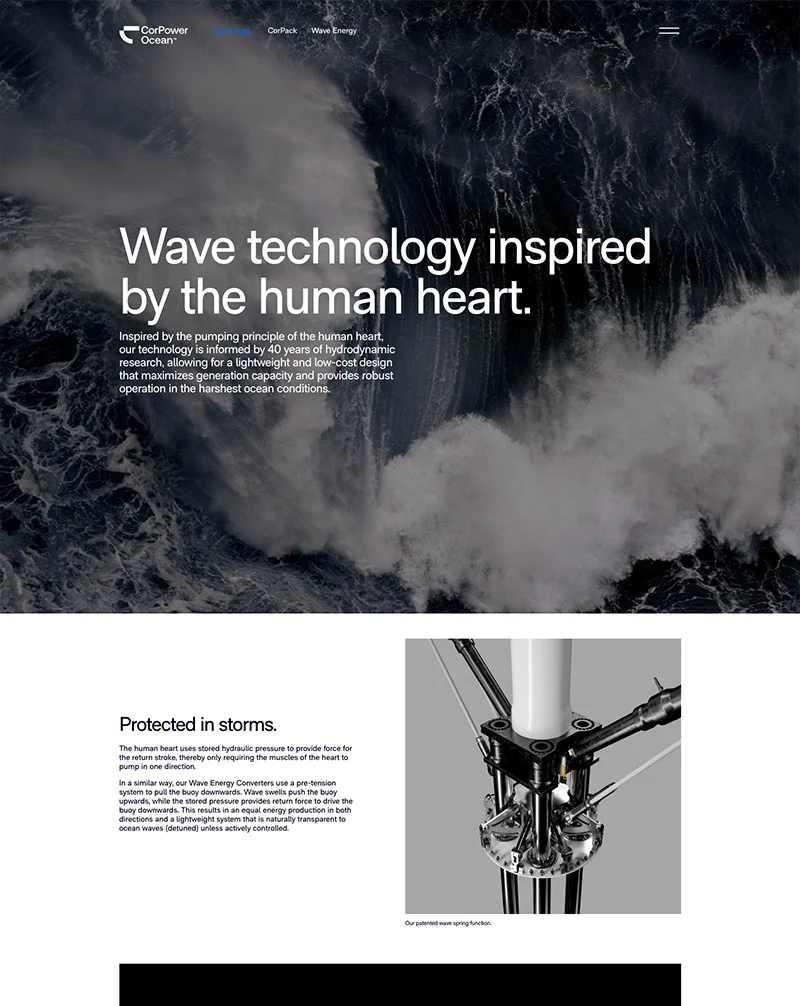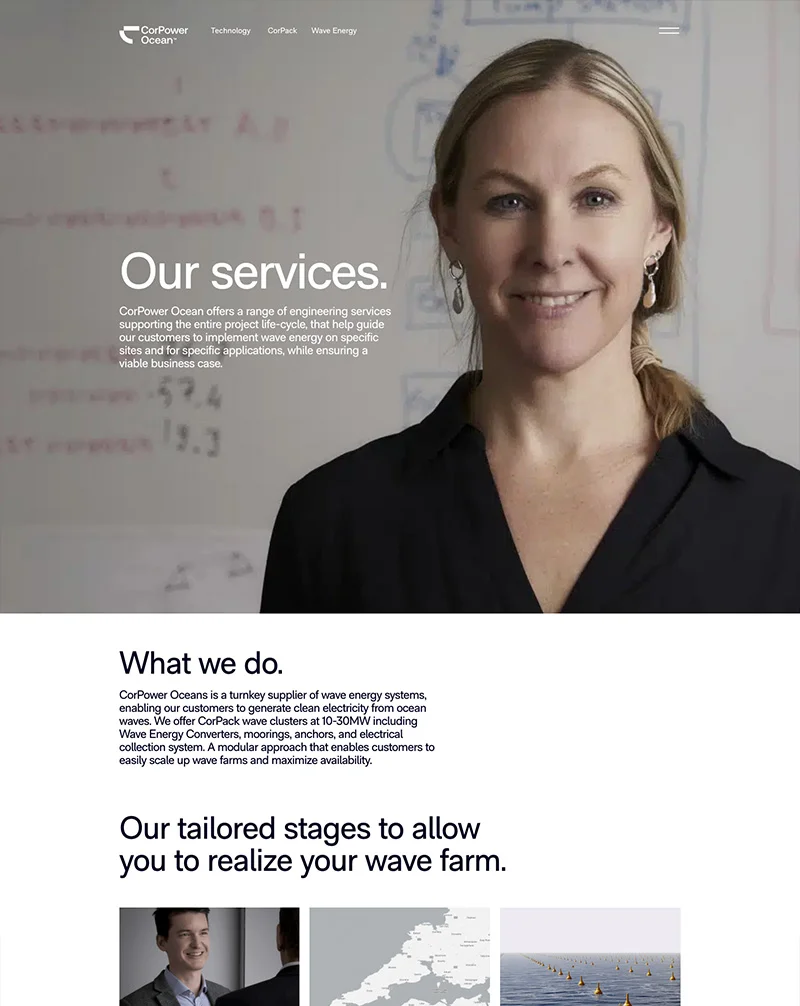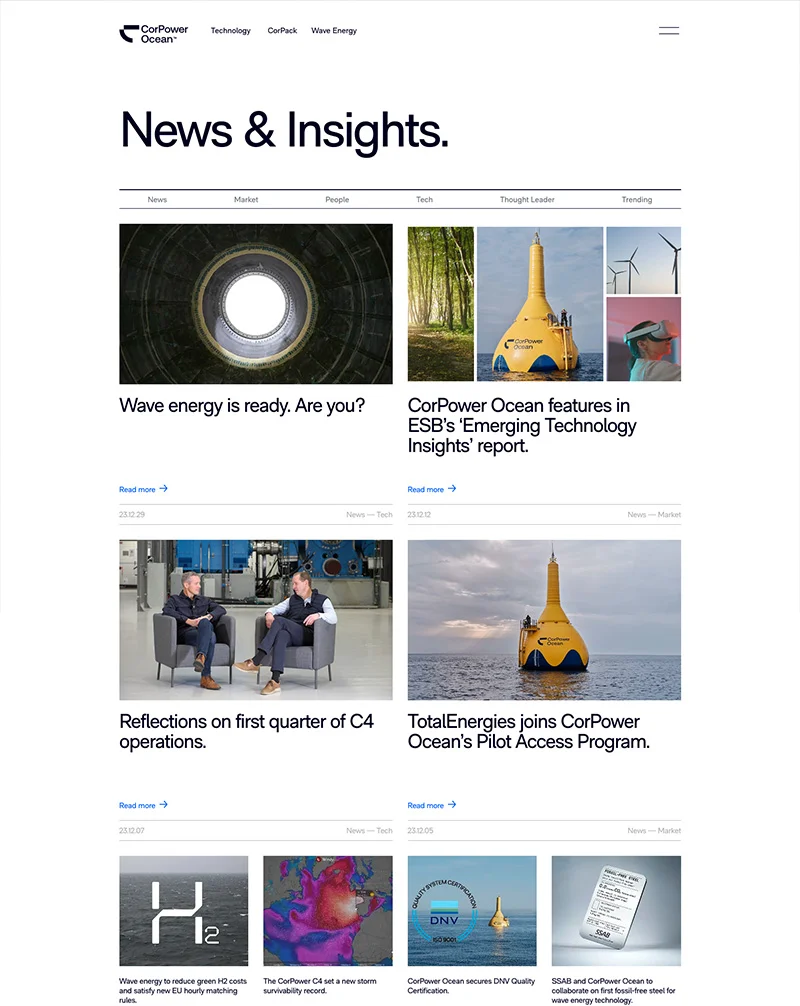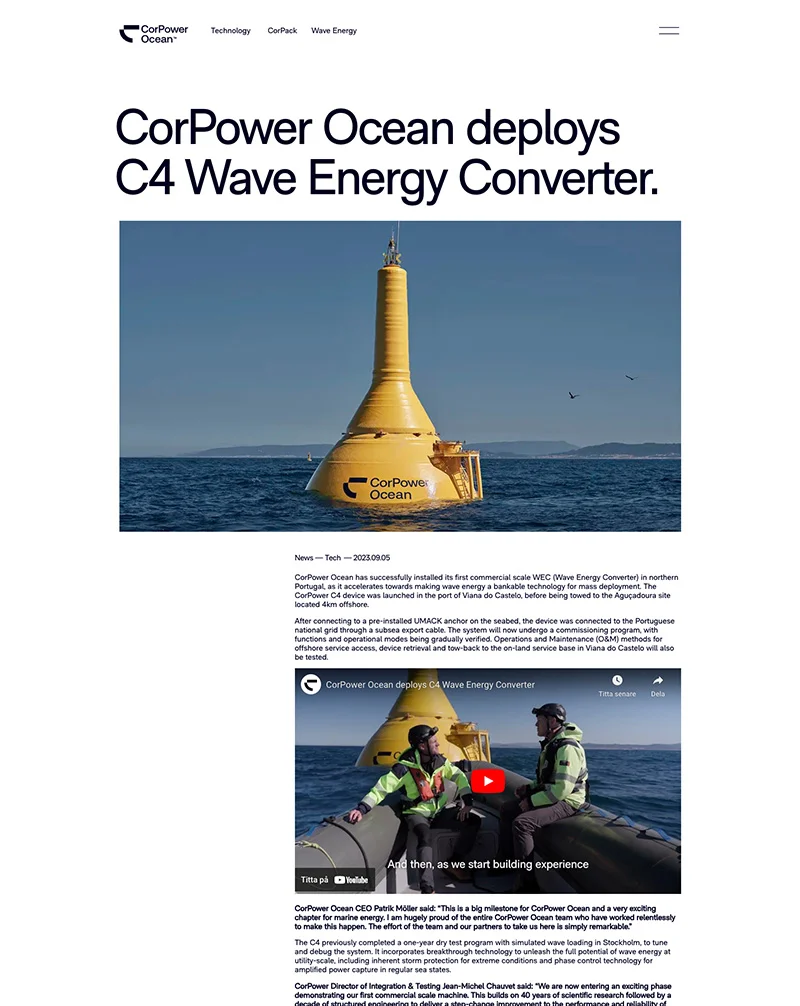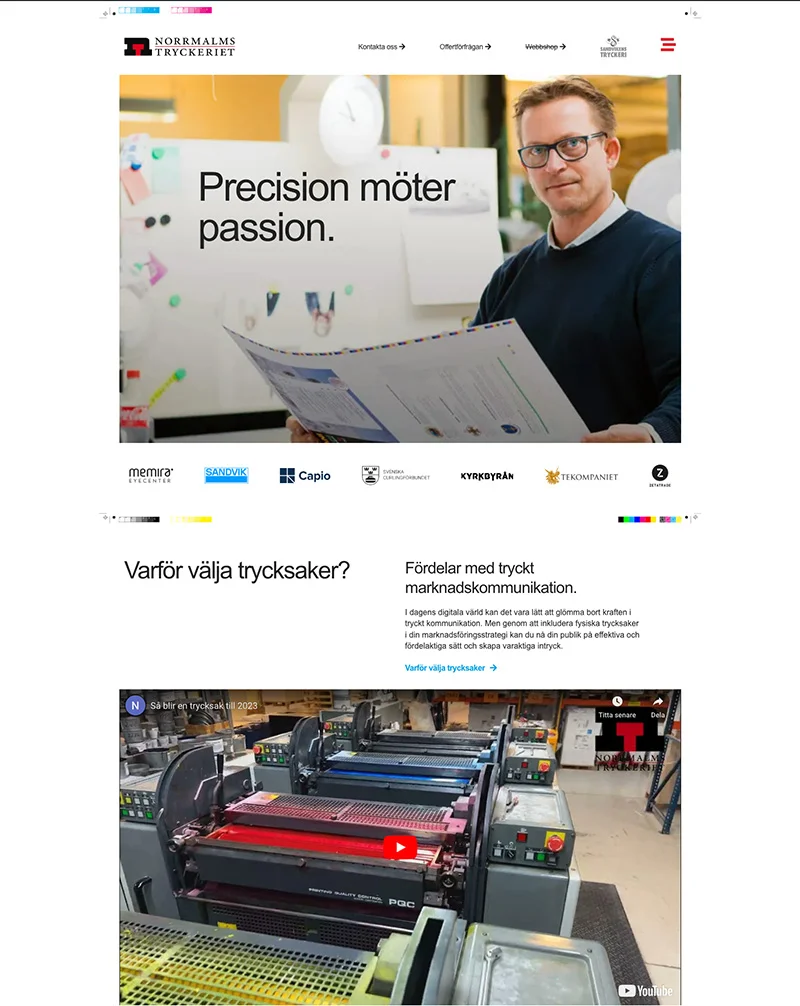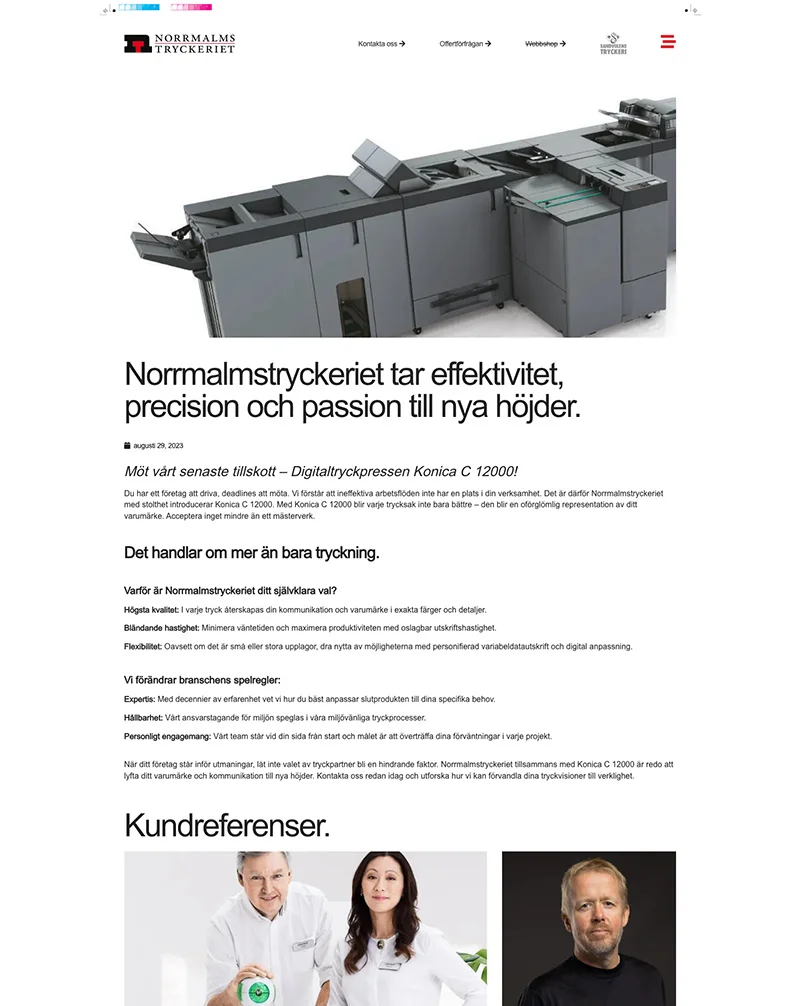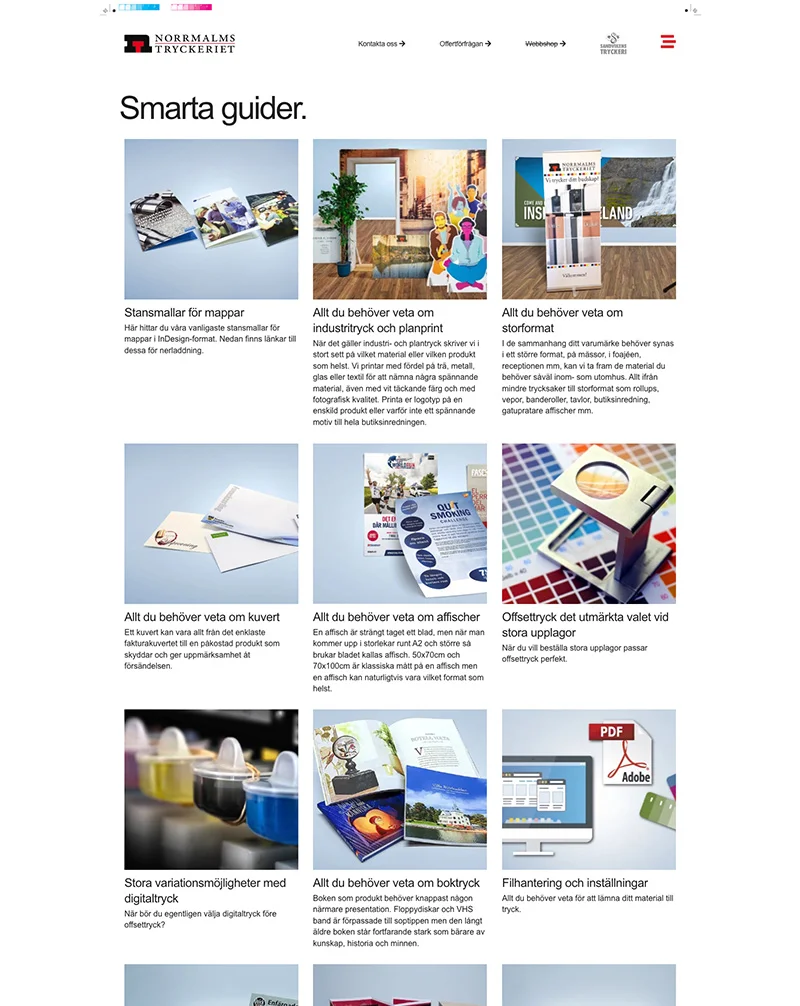Introduction
Why perception matters more than reality.
Imagine you’re at a high-end restaurant. The dish you’re served is visually stunning, and the service is impeccable. But the taste? Nothing special. Despite this, you leave with a positive impression of the meal. Why? Because your perception was shaped by the overall experience, not just the taste of the food. This is a classic example of how perception can overshadow reality.
People don’t buy what you do; they buy why you do it.
— Simon Sinek
The science behind perceived value.
1. Anchoring Effect: The power of first impressions.
Spaces are limited, so act fast to secure your spot. Your business deserves nothing less than marketing mastery – let’s achieve it together!
One of the most powerful tools in shaping perception is the “anchoring effect”. This cognitive bias, studied extensively by Kahneman and Tversky, refers to the tendency of individuals to rely heavily on the first piece of information they receive (the “anchor”) when making decisions. For example, if a customer’s first interaction with your brand is a high-quality website or a well-crafted product description, that sets a positive anchor that influences all subsequent perceptions of your brand.
Practical application: Use high-quality visuals and strong messaging in your marketing materials to set a high anchor. Once a customer has a positive first impression, it becomes easier to maintain their perception of value, even if there are minor shortcomings later.
2. Loss Aversion: Fear of losing out.
Another critical concept is “loss aversion”, which suggests that people feel the pain of losing something more intensely than the pleasure of gaining something of equal value. This principle explains why limited-time offers, scarcity marketing, and exclusive deals are so effective—they create a fear of missing out (FOMO).
Nothing has any value unless you know you can lose it.
— Dan Gilbert
Practical application: Highlight the potential loss in your marketing messages. For instance, “Only 5 seats left!” or “Offer ends soon!” can significantly increase perceived value and urgency.
3. The framing effect: context is everything.
The “framing effect” refers to how the presentation of information can influence decision-making. For example, describing a product as “95% fat-free” rather than “contains 5% fat” can dramatically alter its perceived value, even though both statements are factually the same.
Practical application: Frame your messaging to highlight the positives. Emphasize benefits over features, and always consider how your customers will likely interpret your words.
4. The power of social proof: we follow the crowd.
Humans are social creatures, and we tend to follow the crowd. This is where “social proof”—testimonials, reviews, and endorsements—plays a crucial role. When potential customers see others valuing your product or service, it reinforces their perception of its value.
Practical application: Prominently showcase customer reviews and case studies. Use social proof to reassure potential buyers that they’re making a sound decision.
book to read:
Rory Sutherland’s take on perceived value.
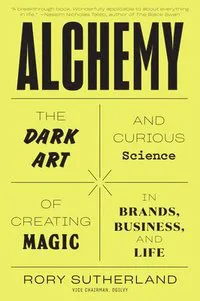
Rory Sutherland, a leading figure in behavioral economics, argues that a product or service’s perceived value can be more influential than its actual utility. His book Alchemy: The Dark Art and Curious Science of Creating Magic in Brands, Business, and Life–delves into the idea that much of what we consider valuable is irrational and subjective.
A flower is worth more than an equivalent weight in gold to the right person.
— Rory Sutherland
Case Study:
Apple’s mastery of perceived value.
Apple Inc. is a prime example of a company that has mastered creating perceived value. Although its products are often more expensive than competitors, it consistently leads the market. How?
Design and aesthetics: Apple products are known for their sleek, minimalist design. This design language communicates high quality and exclusivity, making users feel they’re purchasing something more than just a gadget.
Brand storytelling: Apple’s marketing focuses on what their products do and the lifestyle and values they represent. For example, their “Think Different” campaign positioned Apple users as creative, independent thinkers.
User experience: From the packaging to the in-store experience, Apple has meticulously crafted every touchpoint to enhance the perceived value of its products.
Social proof and scarcity: Limited releases and the hype around new product launches create a sense of urgency and exclusivity, further boosting perceived value.
By carefully managing these aspects, Apple ensures that customers are willing to pay a premium, not necessarily for superior technology, but for the experience and status associated with their products.
Practical strategies for B2B small and medium businesses.
Craft a compelling brand narrative.
Leverage the power of anchoring.
Highlight social proof.
Create a sense of urgency.
Focus on emotional benefits.
Conclusion.
Quote to Remember.
We don’t see things as they are; we see them as we are.
— Anaïs Nin

About the author:
Kenneth Backman
AI Marketing Alchemist
Unlock your marketing potential: Book your free strategy session now!
Ready to revolutionize your marketing approach? Take the first step towards transforming your business with a complimentary 30-minute strategy session. Our seasoned marketing experts are standing by to help you:
• Identify untapped growth opportunities
• Analyze your current marketing efforts
• Develop a tailored action plan for success
Don’t let another day pass without maximizing your marketing impact. Click below to schedule your free, no-obligation consultation and start your journey to AI marketing excellence today!

